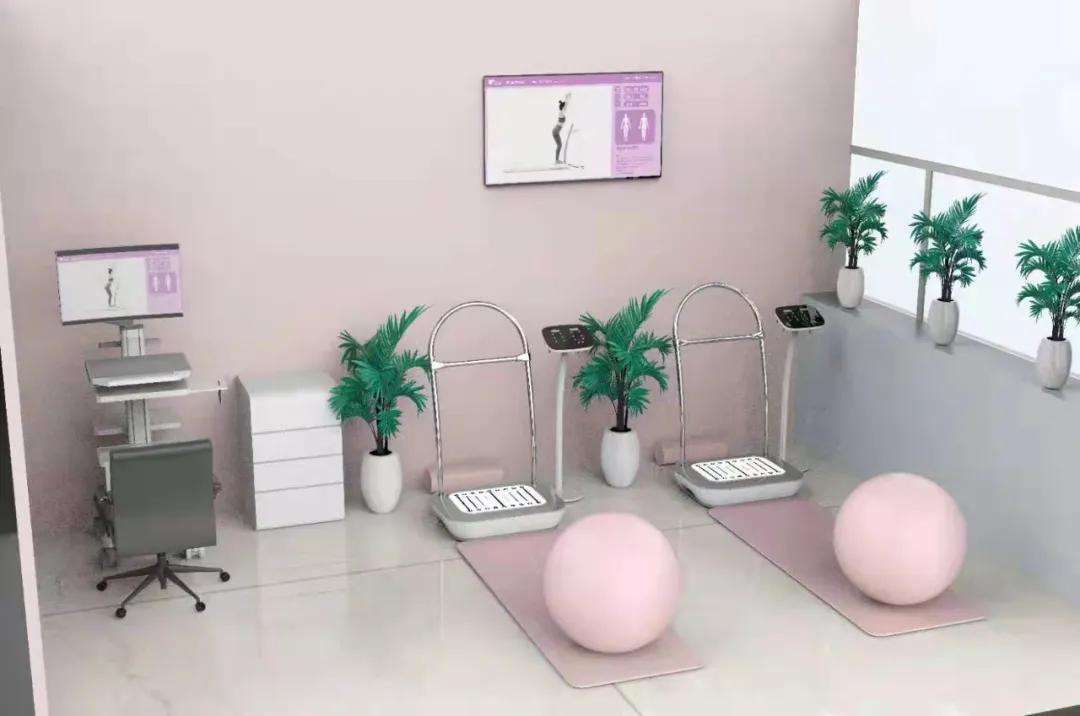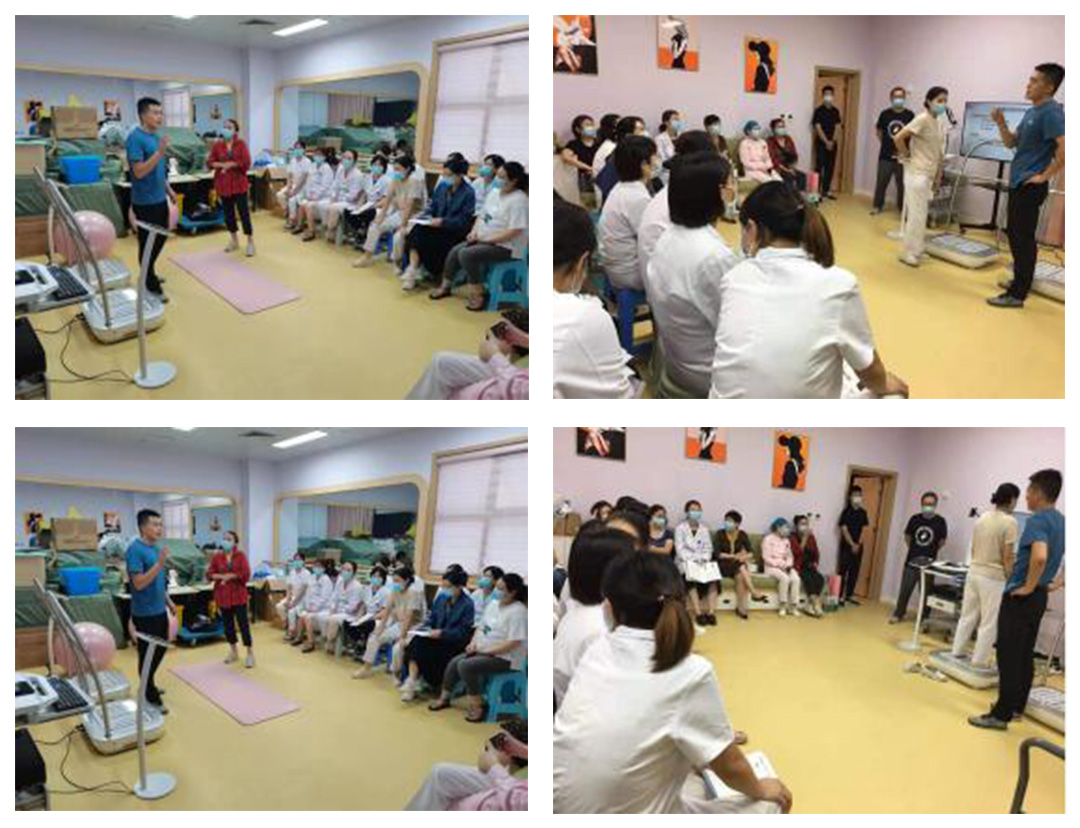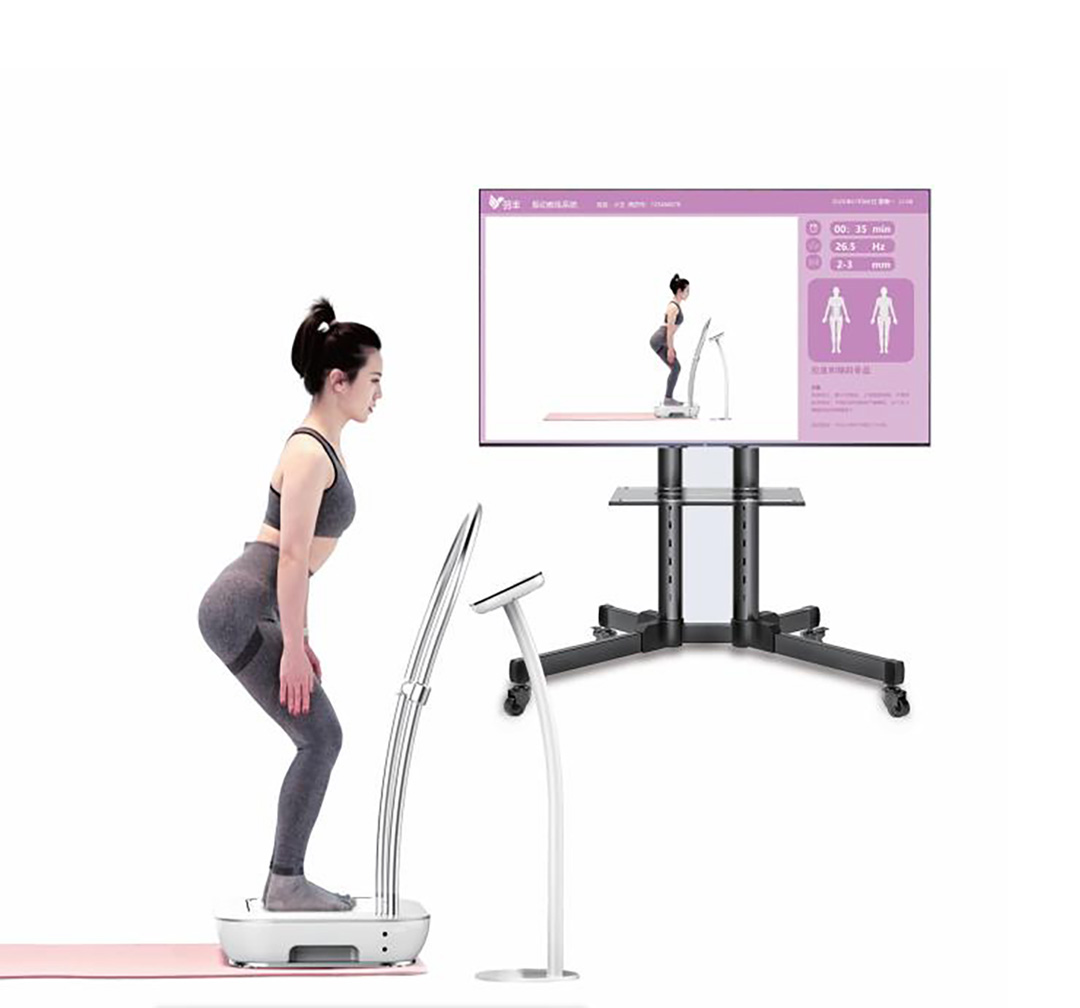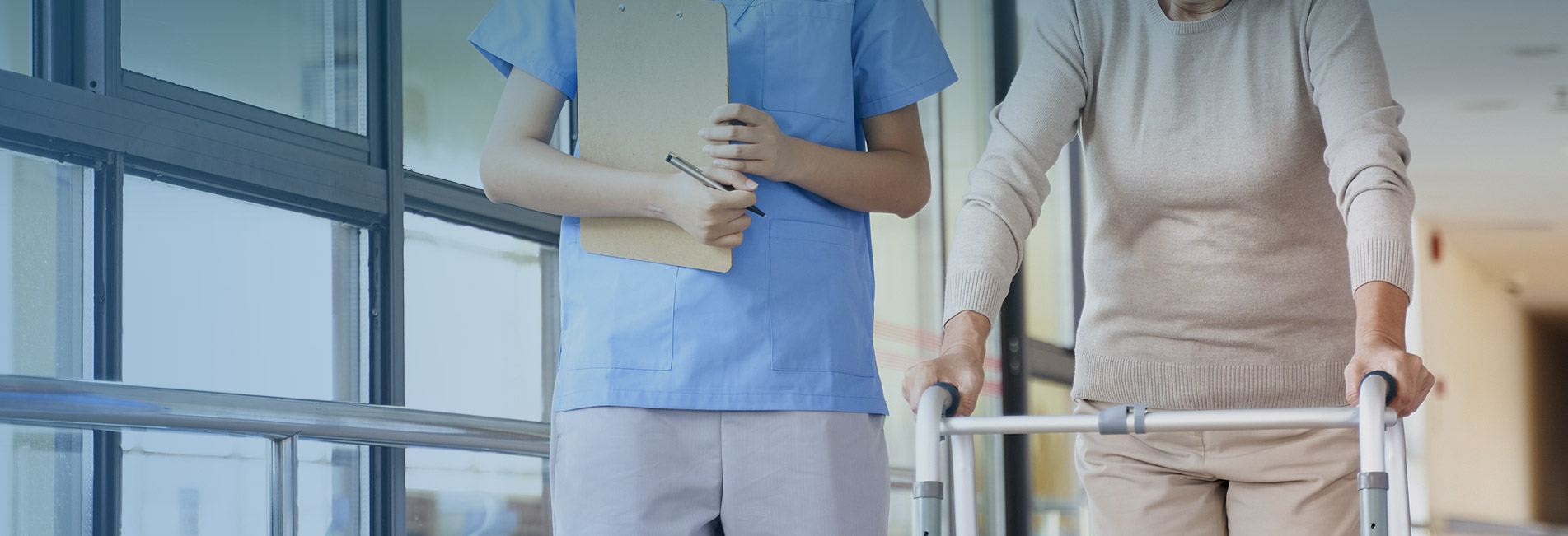Postpartum Recovery Support | Henan Provincial Maternal and Child Health Hospital Introduces Postpartum Vibration Trainer | Initiates Pelvic Floor Active
Rehabilitation Training

Yufeng Medical’s postpartum vibration coach machine provides prescription-based and standardized exercise therapy solutions for all postpartum conditions. On September 3rd, the postpartum rehabilitation equipment at Zhengda Sanfu Hospital was installed, and training was conducted for pelvic floor rehabilitation training + training system. Director Wang Luwen and Head Nurse Qu from the Pelvic Floor Center of Zhengda Sanfu Hospital, along with nearly 20 medical staff members, attended this training session, which received high praise from the attending instructors.
During the pelvic floor rehabilitation training…

The pelvic floor muscles are your “happiness muscles.”
Between the female pelvis and lower limbs, there are only supporting structures like the pelvic floor muscles. The pelvic floor muscles, located at the base of the pelvis, act like a spring, supporting and holding up the bladder, uterus, rectum, and other pelvic organs. They have various physiological functions, such as controlling urination and defecation, maintaining vaginal tightness, and enhancing sexual pleasure.
During pregnancy and childbirth, whether it is a vaginal delivery or a cesarean section, the pelvic floor muscles are inevitably damaged to varying degrees. During pregnancy, under the influence of the hormone relaxin, the pelvic floor becomes relaxed. As the fetus grows and descends, the pelvic floor experiences increasing pressure. After childbirth, with the delivery of the baby, some ligaments may become loose or torn, and the “spring bed” loses its elasticity, failing to hold the organs in their normal positions, leading to functional disorders.
Female pelvic floor dysfunction includes:
1.Various types of urinary incontinence (such as leakage during coughing, laughing, or jumping when abdominal force is applied);
2.Pelvic organ prolapse (uterine prolapse, cystocele, rectocele);
3.Pelvic pain syndrome;
4.Sexual dysfunction due to vaginal laxity;
5.Chronic pelvic inflammatory disease.
Postpartum Pelvic Floor Muscle Training
Postpartum recovery refers to the period after childbirth when women often need recovery and care due to physical weakness. This recovery and care are known as postpartum recovery. Key aspects of postpartum recovery include pelvic floor muscle recovery, core muscle strength recovery, posture recovery, pain relief, uterine recovery, and psychological recovery.
Postpartum recovery mainly involves pelvic floor muscle training, which requires active contraction training, especially voluntary contractions.
1.Electrical stimulation can stimulate muscles to some extent, but it changes the muscle contraction pattern. Instead of transmitting muscle contraction signals from top to bottom, it does so from bottom to top. Long-term use may affect individual function.
2.The pelvic floor muscles are typical voluntary muscles. Normally, people do not consciously think about or control pelvic floor muscle contractions. However, these muscles are involved in every movement. Practices like Tai Chi and Qigong, which emphasize pelvic floor muscle contractions, are ideal for training these muscles. Traditional Chinese fitness exercises like Tai Chi and various exercises using cable systems in physical therapy are similar and equally effective.
3.Training the sensory perception of the pelvic floor muscles can help postpartum women achieve normal muscle activation. Additionally, relaxing the pelvic floor muscles can improve urinary incontinence and pain.
Other Issues Beyond Pelvic Floor Muscle Training After Childbirth:
1.In addition to pelvic floor muscle training, the entire abdominal and back muscles are also very important for postpartum women.
2.Anterior pelvic tilt requires not only manual therapy but also strength training of the surrounding pelvic muscles. Without strength training, the tilt may recur. Additionally, strength training alone can also help restore pelvic posture.
3.Postpartum back pain, coccyx pain, and knee pain require muscle relaxation and strength training.
4.Postpartum posture issues, such as scoliosis, require joint stability training and muscle strength training.
Whether it is postpartum pelvic floor muscle training or core muscle strength training, it should be combined with breathing exercises.

Postpartum Training Machine
The left-right tilting vibration mode triggers the muscle’s stretch reflex.
The muscle system resists and neutralizes the device’s vibrations through concentric and eccentric contractions to maintain body posture.
Adjusting the position of both feet can change the amplitude of the vibrations.
Frequency selection ranges from 5-30 Hz. Multiple studies have shown:
Less than 12 Hz: Posture control is similar to the muscle movement pattern during walking (no swing phase).
Greater than 12 Hz: Stretch reflex begins to occur; muscle contraction (Type II muscle fibers).
Enhances neuromuscular control by changing body posture to stimulate different muscle groups (lower limbs – trunk strength).
Frequencies greater than 30 Hz are difficult for the body to handle.
5-12 Hz: Compensates for the alternating left-right tilting motion without triggering stretch reflex (flexibility, balance).
12-20 Hz: Functional muscle training (coordination, balance); muscles can still perform complete contraction-relaxation cycles.
20-30 Hz: Muscle strength training; muscles remain in a state of continuous contraction without relaxation.
Postpartum issues:
Vibration training above 12 Hz effectively strengthens pelvic floor muscles.
Trains core strength (abdominal and back muscles).
Stimulates the sensory perception of the pelvic floor muscles.
Can achieve relaxation of the pelvic floor muscles.
Pelvic correction training.
Other treatments such as back pain, knee pain, and scoliosis.
Can achieve full-body muscle relaxation, restore normal muscle elasticity, and achieve body shaping.
Choose the appropriate posture to reduce head vibrations.
There is a complete set of theoretical and usage training systems.

